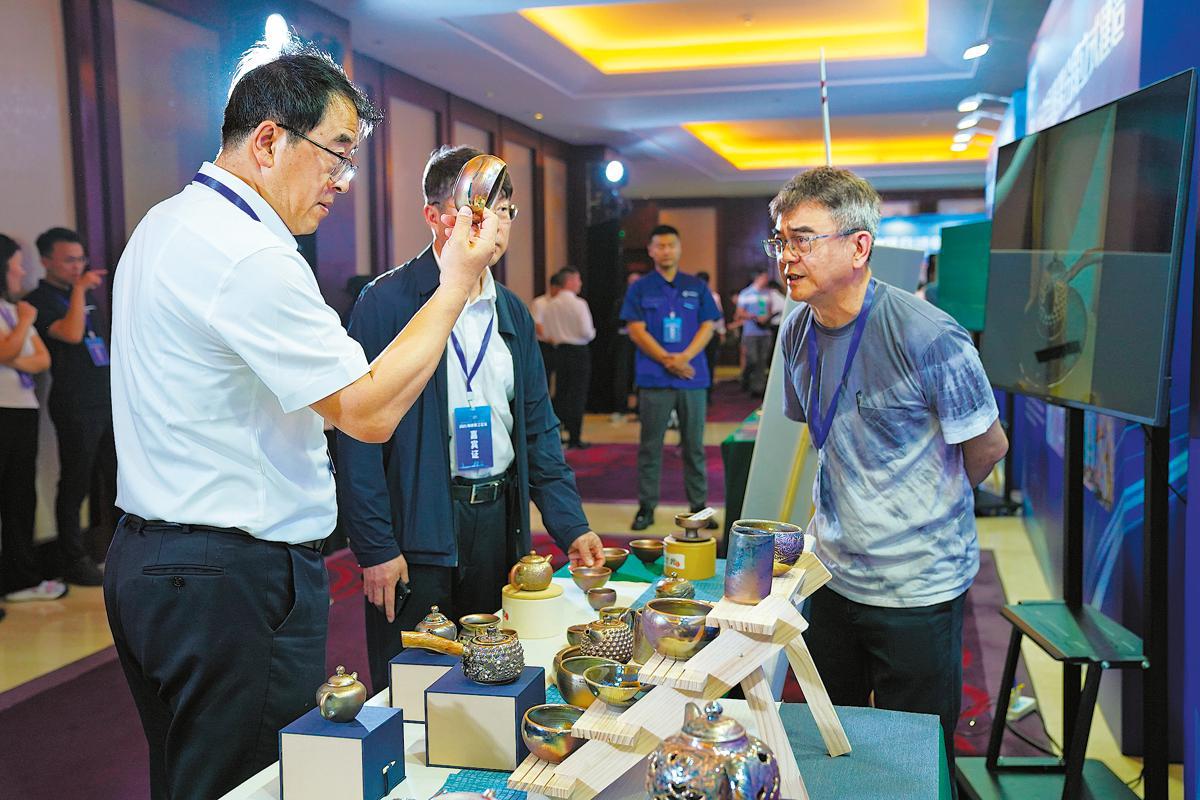Cross-Strait bonds too strong to break apart
Taiwan people continue to arrive on mainland, defying DPP's restrictions


Cultural bridge
The popularity of mainland films and other artwork rooted in traditional Chinese culture, such as Ne Zha 2 and the video game Black Myth: Wukong, has sparked interest among young people attending the forum.
In April, the Minnan dialect — a dialect used in southern Fujian as well as in Taiwan — version of the animated film Chang'an was released in Taiwan, igniting a renewed enthusiasm for poetry. The film revives iconic poets from the Tang Dynasty (618-907), including Li Bai and Gao Shi.
Wang Hsi-hwa, a Taiwan actor who voiced Gao Shi in Minnan dialect, said young audiences in Taiwan have embraced the film. "I hope to dub Ne Zha in the Minnan dialect in the future and bring it to audiences in Taiwan," he said.
Chiang Kuo-ming, the first Taiwan media professional to receive a television production license in Fujian last year, is now co-producing an animated web drama with mainland counterparts about Chinese cultural relics lost overseas.
"One of the main characters is inspired by the figure of Nezha, popular in both southern Fujian and Taiwan folklore," Chiang said. "Through this, I hope to show that both sides of the Strait are one family."
Xu Xiaoquan, a researcher at the Chinese Academy of Social Sciences' Institute of Taiwan Studies, said culture is the most natural and enduring connection in cross-Strait relations.
He said the DPP authorities have sought to erode historical and cultural ties, but collaborative efforts to promote Chinese culture can help awaken shared historical memory among Taiwan compatriots.
























